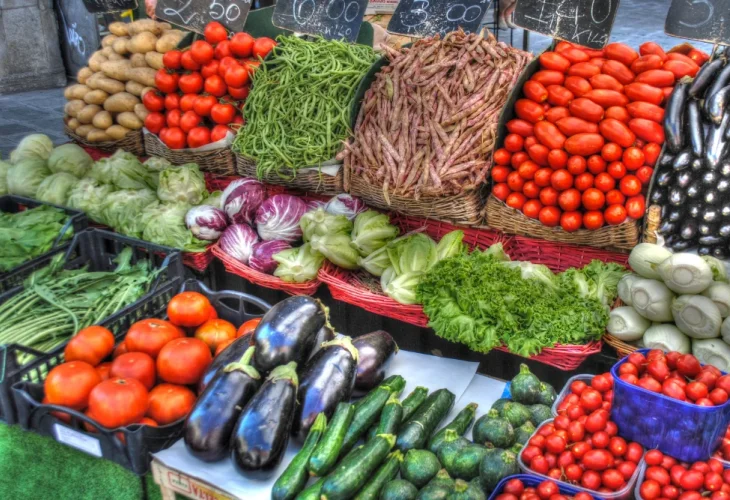Health and Nutrition
How to Naturally Remove Pesticides from Fruits and Vegetables
Learn the hidden risks of pesticide exposure and discover safe, easy methods to protect your health every day
 Illustration
IllustrationIf you think fruits and vegetables are clean after a quick rinse, think again. Even after a thorough wash, harmful pesticide residues often remain on the produce we eat every day, posing a real risk to our long-term health. However, with some awareness and a few easy habits, there are simple, natural ways to minimize your exposure and protect your body.
What’s the Risk of Consuming Pesticides?
Pesticides are designed to protect crops from pests, but they can also pose health risks to humans. Prolonged exposure to pesticide chemicals has been linked to:
Nervous system disorders
Allergies
Weakened immune function
Increased risk of cancer (according to multiple studies)
Children and pregnant women are especially vulnerable, as their bodies are more sensitive to chemical exposure. Even small, daily exposures can build up over time and cause harm.
Reducing your intake of pesticides is therefore essential, by washing produce properly or choosing items with lower chemical content.
Natural Ways to Remove Pesticides from Produce
1. Rinse Under Running Water
Simple, but effective. Rinsing fruits and vegetables under cold running water for at least 30–60 seconds can remove a significant portion of surface-level pesticide residues.
2. Soak in Vinegar and Water
Vinegar helps break down pesticides. Soak produce in a solution of 1 part vinegar to 2 parts water for about 15 minutes, then rinse thoroughly. This method is especially helpful for leafy greens and fruits with thin skin.
3. Use Baking Soda
Another easy method: soak produce in water mixed with baking soda (1 teaspoon per liter of water). Let it sit for 15 minutes, then rinse. Baking soda helps lift pesticide residues from the surface of fruits and vegetables.
4. Scrub with a Produce Brush
For thicker-skinned produce like potatoes, carrots, and cucumbers, scrubbing with a brush can remove stubborn pesticide particles and dirt that cling to the skin.
Is Peeling Fruits and Vegetables a Good Solution?
Peeling can remove most pesticides that sit on the outer layer, especially in thick-skinned produce like oranges, bananas, and potatoes. However, not all chemicals stay on the surface — some can penetrate the flesh of the fruit or vegetable. Apples, tomatoes, and grapes, for example, may still contain pesticide residues even after peeling.
There’s also a tradeoff as many important nutrients are found in the peel. Fiber, vitamins, and minerals often concentrate in the skin, and peeling can lead to the loss of valuable nutrients.
Ultimately, the decision to peel depends on both health concerns and nutritional goals.
What About Organic Produce?
Organic fruits and vegetables are grown without conventional synthetic pesticides — but that doesn’t mean they’re completely pesticide-free. Organic farming uses natural pest control methods, which are generally considered safer for both health and the environment.
Organic produce can still contain natural pesticide residues or traces from nearby conventional farms. It is therefore still recommended to wash organic produce thoroughly before eating.
Pesticides are a hidden part of our modern diet, but you don’t have to accept them as unavoidable. By adopting simple, natural cleaning methods like soaking, scrubbing, and mindful peeling, you can significantly reduce your exposure to harmful chemicals.
Whether you choose conventional or organic produce, smart washing habits are a powerful step toward protecting your long-term health without sacrificing the nutrition your body needs.

